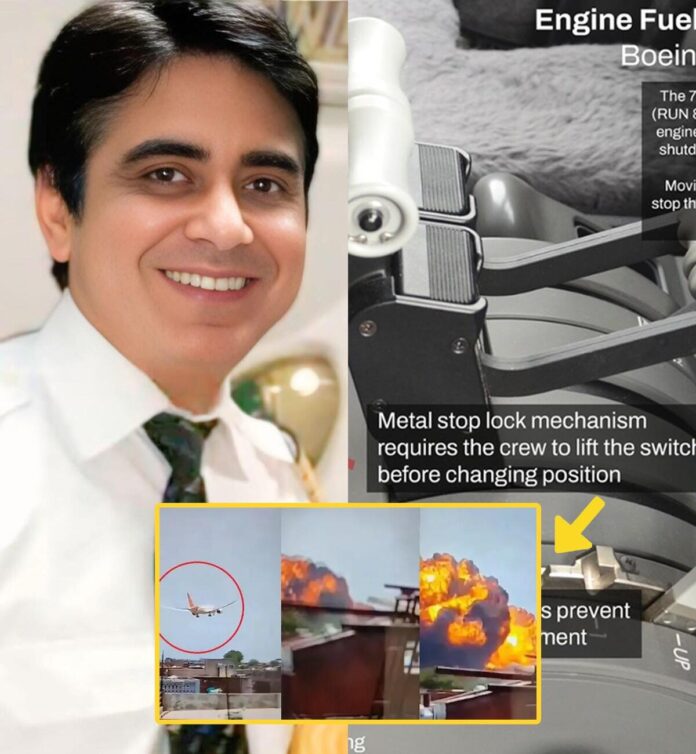July 18, 2025 – New Delhi, India
After months of speculation and public pressure, official investigators have finally released the full report on the tragic crash of Air India Flight 171, which claimed the lives of all 223 passengers and crew on board earlier this year.
🕵️♂️ The Verdict: It Was Not the Captain’s Fault
According to the final report from the Directorate General of Civil Aviation (DGCA) and international aviation partners, the crash was caused by a catastrophic mechanical failure, not human error.
“The flight crew acted according to protocol and showed no signs of negligence,” the report confirmed.
“The accident was triggered by a critical failure in the left engine’s turbine assembly, which had undetected fatigue cracks stemming from a manufacturing defect.”
⚙️ Hidden Flaw, Deadly Consequence
The turbine blades in the left engine reportedly snapped mid-flight, leading to an uncontained engine failure. This resulted in an onboard fire and cascading systems failure that left the aircraft uncontrollable just minutes before descent into Mumbai.
What’s more troubling is that the aircraft had passed its last scheduled maintenance check only two weeks before the crash, raising serious concerns about inspection procedures and manufacturer accountability.
🧑✈️ A Captain Cleared — And Remembered
Captain Rajan Mehra, a 28-year veteran of the skies, had been under intense public scrutiny in the weeks following the crash. Many speculated pilot error due to early leaks and incomplete data. Today’s findings, however, clear his name entirely, with the report emphasizing:
“Captain Mehra and his crew demonstrated professionalism and did everything possible to stabilize the aircraft.”
His family, who had remained largely silent throughout the investigation, issued a short but emotional statement:
“We thank the investigators for telling the truth. Rajan did what he always did — he fought to protect every soul on that plane.”
📉 Industry Repercussions
The manufacturer of the faulty engine, NovaJet Aerospace Systems, is now under global scrutiny. Aviation safety boards in the EU, U.S., and Singapore have launched their own reviews, and several airlines using similar engine models have begun grounding affected aircraft pending inspection.
Air India, facing mounting pressure, has promised to revamp its maintenance oversight and cooperate fully with international regulators.
✈️ A Tragedy That Could Have Been Prevented?
The report concludes with a chilling reminder: the signs were there — microscopic fractures in engine components that had gone unnoticed.
The global aviation community now faces urgent questions:
How many more aircraft are flying with silent time bombs inside? And how can we make sure this never happens again?
